Now, how do you correct errors students make in a ‘normal’ situation? What is there to consider, when you see that an error indeed needs to be corrected, one way or the other? What is the learner centered way of slapping the student on the fingers with a flight strip holder?
The point is to have a balance between being clear enough about the need of correction and finding a supportive, neutral way of bringing the error forward. This means using all the relevant communication and questioning techniques and strategies to lead the situations in a way that helps the student.
As far as practicable, error correction should be performed at the terms of the student. This means that the student should be given time to detect and correct their errors by themselves. Usually this approach is enough to actually resolve these situations. Errors the student detects and corrects by themself can then be discussed in the debriefing, or even dismissed completely if you assess the student has ‘learned the lesson’.
If a student fails to detect the error, you need to direct their attention to the error and its consequences. When done in a learner centered way, with questioning and communication methods that support the student, the student’s own thought processes kick in and they gain ownership and autonomy over their progress. Also it strengthens the trust between you and your student, as instead of pointing your finger at the student and their errors, you stand by their side and constructively guide them to take responsibility for their actions.
How to communicate errors, then?
Think about the following sentences from the student’s perspective:
The clearance you gave to that aircraft was wrong. Correct it now!
vs.
What was the clearance you issued to that aircraft? Are you happy with the clearance?
Here is another example for you to think. Which would you like to hear from instructor as a student?
Stop that pushback now! The readback was not correct and you missed it!
or maybe
What was the pushback instruction you issued to that aircraft and what did they read back?
In both examples, the first style is pointing a finger at the error and the student, and you don’t want that. That will very clearly make the error visible, but is not for the student’s best. By using questions and investigative communication to direct the student’s attention to the error and their consequences, you facilitate learning. This of course requires that the situation is not too urgent and that you have good enough Situational Awareness to lead the discussion with the student.
Sometimes there comes up a situation that is urgent and needs immediate action to resolve, but you still want to keep the student working. Here, you need to make sure the student understands both what is the problem and what needs to be done to fix it. Now you need to revert to a more direct communication style; there is no time to let the student think, because their experience level is too low. If they made the error based on their best judgment, they most likely remain oblivious of its consequences. So enough with the questioning, now it’s time to tell the student what to do.
Stop FIN123’s climb at FL230, or else he’ll conflict with SAS456.
Read the hold short clearance to DLH1PH again, he didn’t read back correctly.
Check the MSA once more. NAX1AM is descending too low. Stop his descent at 3000ft.’
Now, the most important thing here is to clearly state the required action you want the student to perform. You need to be assertive in your communication and clear about what you want to happen. Don’t use vague terms like ‘turn him away’ or ‘don’t descend him any lower’. Use clear and precise language, just as if you would give the clearance to the aircraft yourself: callsigns, headings, altitudes etc. The student will not be able to make those judgements themself. They have already fallen behind and their Situational Awareness is clearly too flawed for them to be able to handle the situation without you giving clear instructions.
So, to summarise; the ultimate goal is that the students are able to detect and correct their own errors when working, since that’s where they should end up at the end of the training. Whenever there is a possibility to let them practice that, use it to your and your student’s benefit and support their development. Then again, when the situation needs direct action, claim responsibility and lead the situation clearly and assertively.
























